Define Leadership Explain Different Leadership Styles
These highly influential leaders serve as. Lets look into 6 different styles.
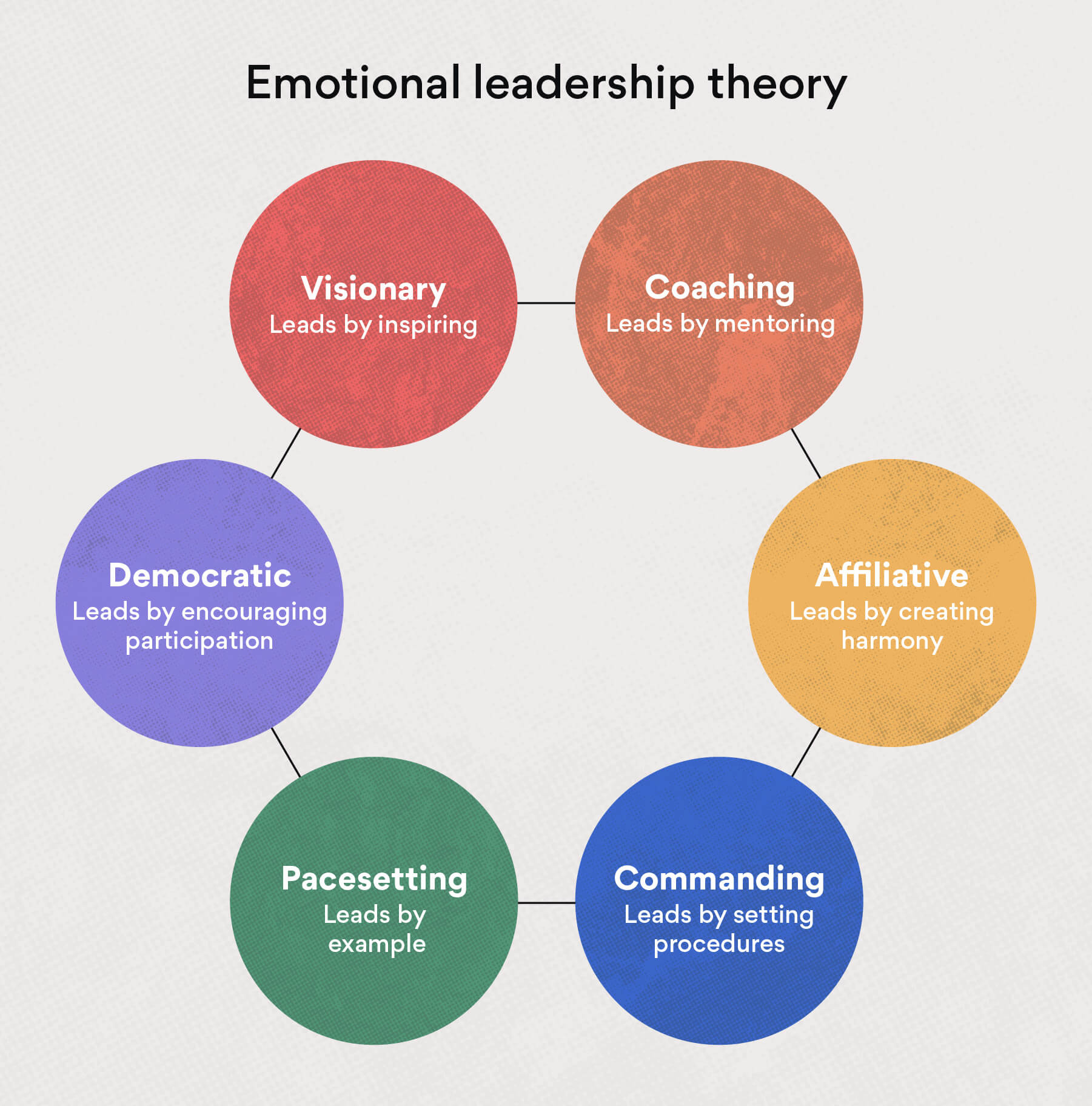
11 Common Leadership Styles Plus How To Find Your Own Asana
Common leadership styles employed today include.
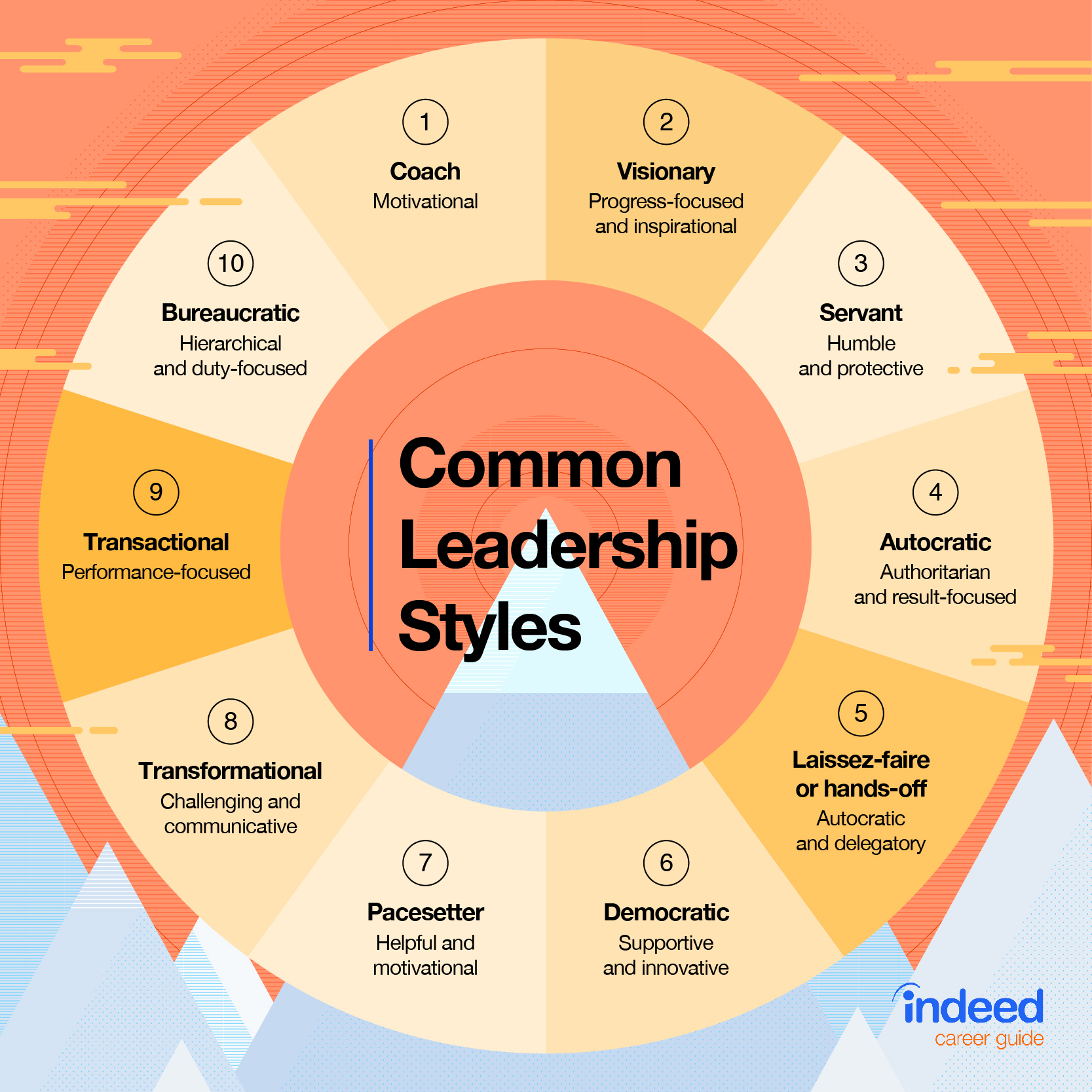
. For example Democratic Leadership team leadership facilitative leadership Laissez-faire Leadership is kind of same. This style is about getting your team aligned towards their North Star. An autocratic or authoritarian leader imposes policies and procedures sets expectations.
Golemans 6 leadership styles Visionary leadership. First off leadership styles refer to the behaviours that leaders adopt to interact with their their teams. Definition of leadership styles A leadership style can be adopted automatically or via a monitoring effort.
Transformational leadership is a leadership style that requires the leader to inspire. One of the most prominent early researchers in the leadership field was Kurt Lewin a social researcher who conducted research on leadership styles. Visionary leadership is about creating a clear vision for the organization and ensuring everyone.
It refers to a style where the leader consults its subordinates before taking the final. Leadership as a continuum. This model is given by Tannenbaum and Schmidt who believed that there are several leadership styles that range between two extremes of autocratic and free-rein which are shown below.
Personality traits are an important root. I feel it is a stretch of four Basic types of leadership. Direct Coach Support and.
Transformational Leadership is an example of a style. For example if you agreed with everything the strategist said this would make you a 66 strategic leader and 33 democratic leader. There are five different leadership styles that entrepreneurs and managers usually use.
Five Common Leadership Styles. Leadership Styles Autocratic leadership style. Autocratic leadership allows the autocratic leaders to take the ultimate control of taking.
The visionary leadership style creates momentum toward a shared vision. And the sources of a leaders power. A leadership philosophy contains values-based ideas of how a leader should be and act.
If youre interested in learning more about leadership theories for career growth be sure to check out this career guide article. While these leadership styles may not mean much to you right now they are certainly worthwhile considering when you enter into a leadership role. Eight different leadership styles will help the leaders choose for their organization.
The opposite of Transactional Transformational Leadership revolves around breeding change in as many ways as possible. It is important for any aspiring leader to know the different styles in order to identify their own or to be able to adapt should the business require it. Often it is necessary to use more than one leadership style and which ones can depend on what challenges a business leader currently faces.
Leadership style is a leaders approach to providing direction implementing plans and motivating people. The recent authentic Leadership approach seems to have evolved in the light of major scams and. Action rather than qualities are the focal points of behavioral learning theory.
As a recap the eight most common leadership styles are coach visionary servant autocratic laissez-faire democratic pacesetter and bureaucratic. Based on this the leadership styles can be further classified as. And this leads to the 6 basic leadership styles which make use of these 5 emotional intelligence competencies in varying degrees and depending upon the situation.
The four styles of leadership are. This technique has you getting things done within the current methods accepted by the industry. How Many Types of Leadership Styles Are There.
Coaching style emphasizes leadership development and it is almost like a charismatic leadership. Each leadership style we display can be the. In leadership there is no one size fits all instead the good leader must be able to judge the situation.
Servant Leadership is an example of a philosophy. They settle on all the choices with little contribution from colleagues. In 1939 psychologist Kurt Lewin and a team of researchers determined that there were three basic leadership styles.
It refers to a leadership style where the leader takes all the decisions by himself. Many people refer to this method as a by the book management style. Leadership styles can include not only behaviors but also personality traits.
The five leadership styles. Lewin uncovered three key leadership styles. The 7 Types of Leadership Styles Explained With Examples 1.
There is a difference. Visionary leadership is the ideal management style to use when a business leader needs to introduce a new concept or new direction to current staff. 11 Types of Leadership 1.
Leadership research has been around for many decades. A leadership style is a classification or description of the main ways in which real-life leaders behave. Some of the styles of leadership include task-oriented leaders people-oriented leaders country club leaders status-quo leaders dictatorial leaders and more.
Where tasks are mostly delegated and provided guidance. Patterns of behavior are observed and categorized as styles of leadership in this theory. It should be kept in mind that an organization may choose more than one style.
The more action logics you agreed with the more likely you practice a mix of leadership styles. Autocratic democratic and laissez-faire. Authoritarian Autocratic Participative Democratic and Delegative Laissez-Faire.
The expression generally illustrative of an imperious authority style is Do as I state Typically a dictatorial pioneer accepts that the individual is the most astute individual at the table and knows more than others.
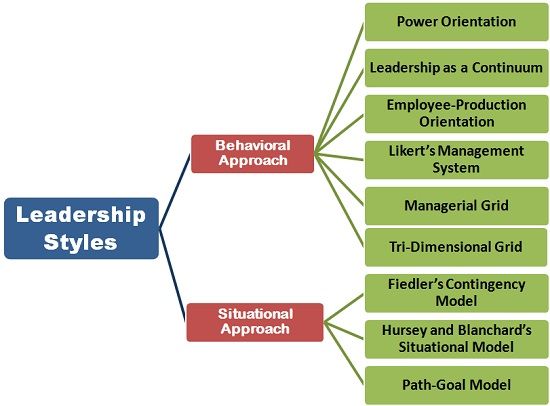
What Are Leadership Styles Definition And Meaning Business Jargons

Leadership Styles And Theories Indeed Com
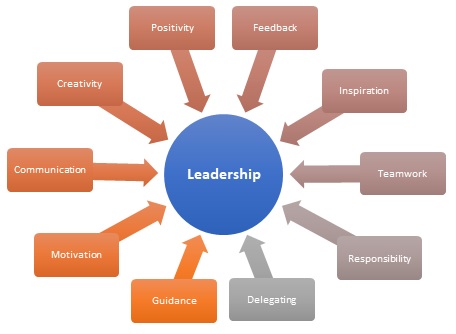
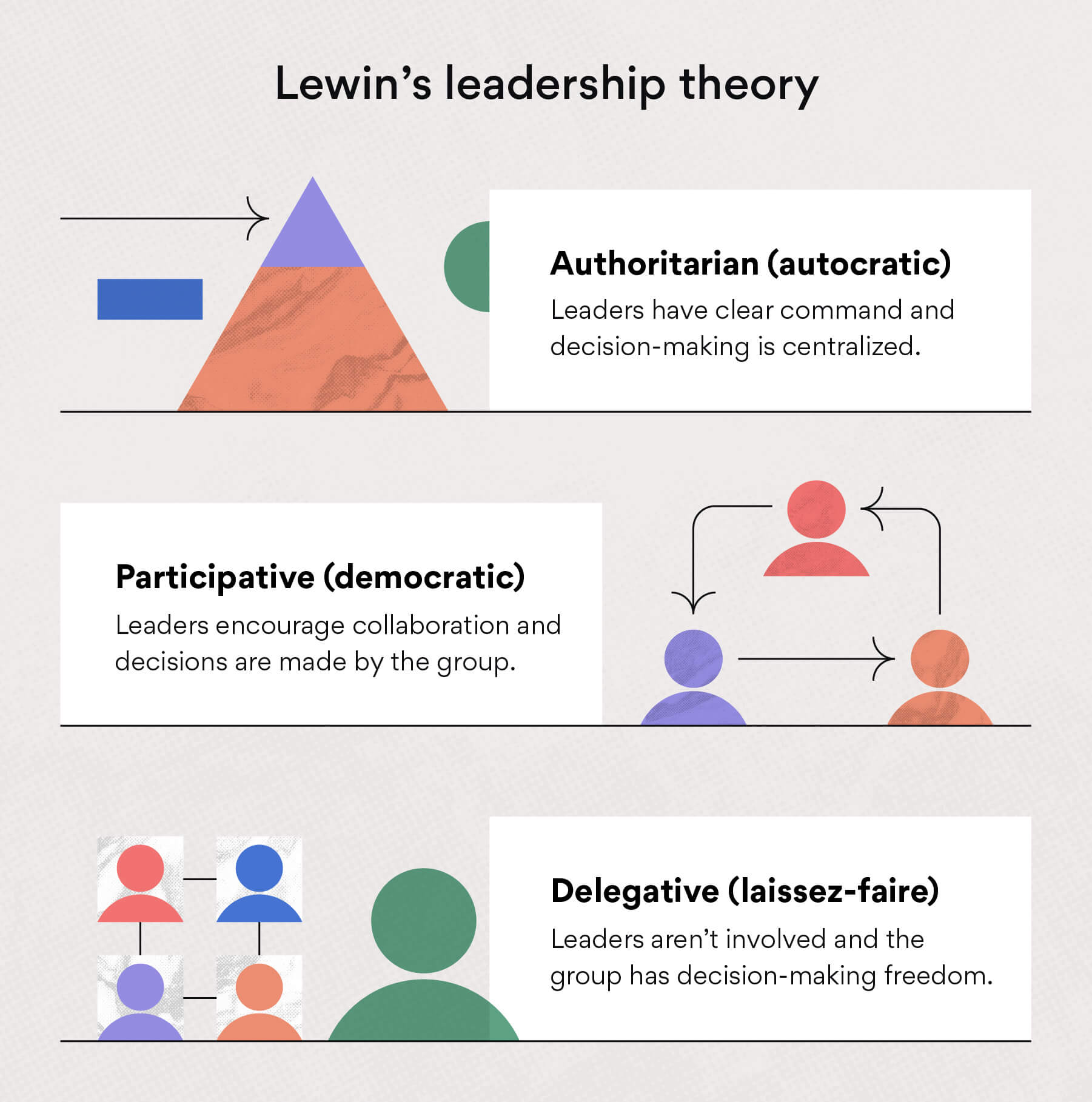
Comments
Post a Comment